Our great-grandparents lived through tough times, mastering frugal skills that many of us have forgotten. These money-saving techniques helped them stretch every dollar and live well on less. By rediscovering these lost arts, we can take control of our finances, reduce debt, and focus on what truly matters. Here are 24 forgotten frugal living skills that could transform your budget and lifestyle.
Darning Socks
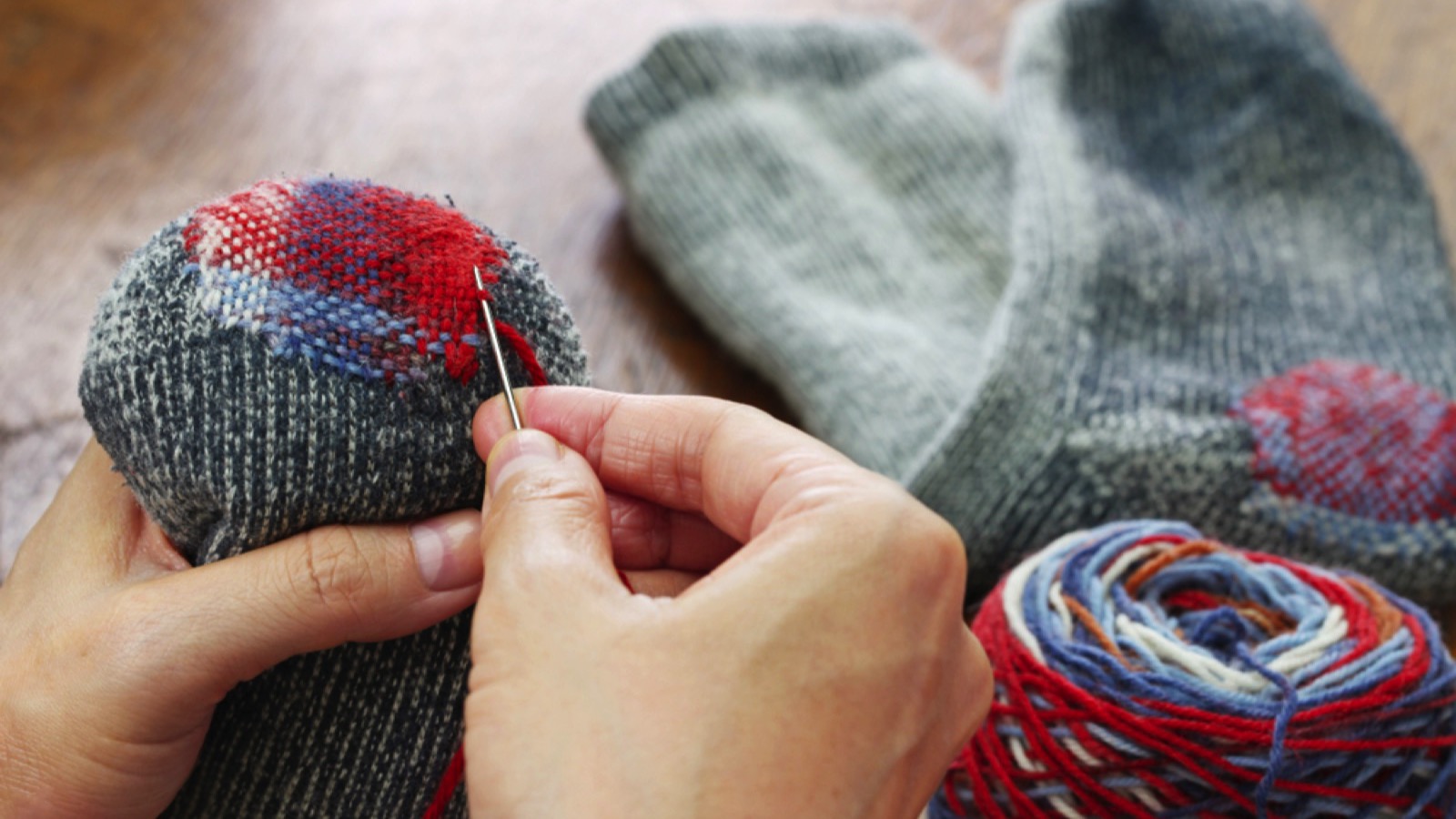
Darning socks was a common practice that saved families money on clothing. Instead of tossing out socks with holes, people would carefully weave thread over the worn areas, extending the life of their footwear. This skill not only saved money but also reduced waste. Even today, some frugal-minded individuals practice darning. For example, billionaire Warren Buffett is known for darning his own socks, demonstrating that this thrifty habit can be valuable regardless of income level.
Making Soap from Scratch
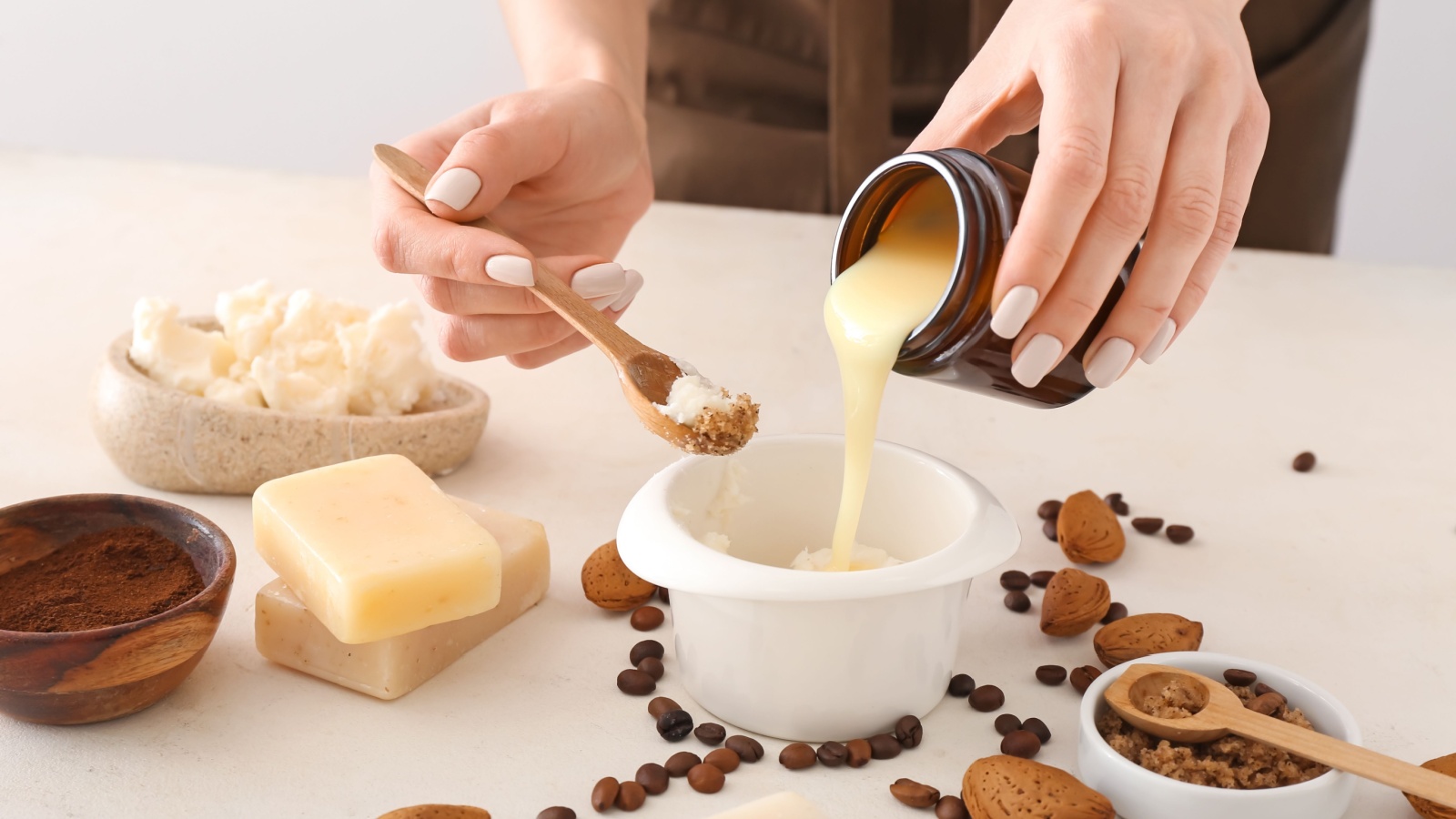
Our ancestors often made their own soap using readily available ingredients like animal fat and lye. This homemade soap was multipurpose, used for personal hygiene, laundry, and household cleaning. Making soap from scratch not only saved money but also allowed people to control the ingredients, avoiding harsh chemicals. Today, some frugal living enthusiasts have revived this practice, creating natural, customized soaps at a fraction of the cost of store-bought alternatives.
Reusing Cooking Grease
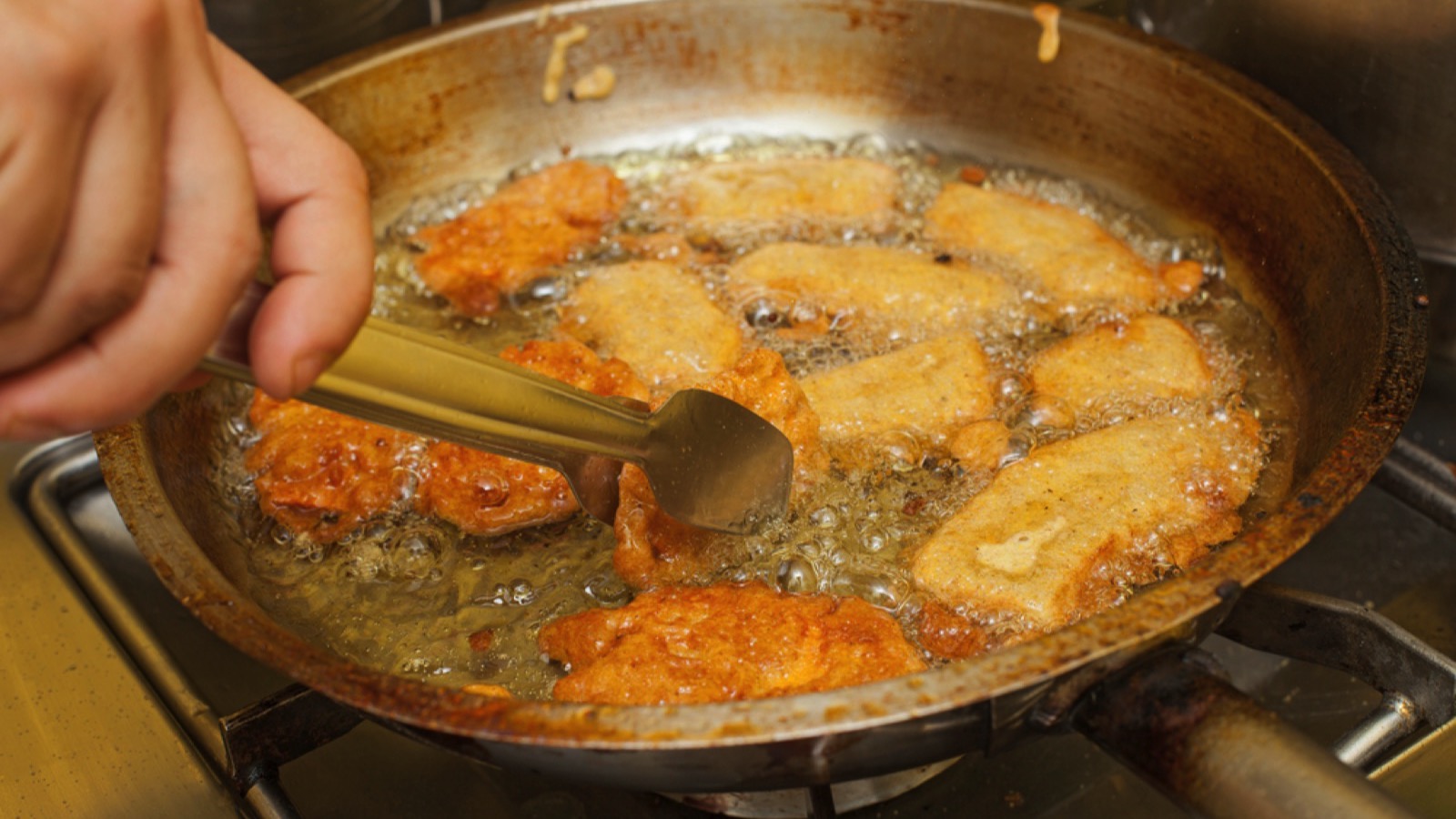
In the past, cooking grease was never wasted. People would save bacon fat, lard, and other cooking oils to use in future meals. This practice not only stretched food budgets but also added flavor to dishes. Grease was used for frying, seasoning cast iron pans, and even making candles. While we now know the health implications of reusing certain fats, the principle of minimizing waste in the kitchen remains a valuable frugal skill.
Foraging for Wild Edibles
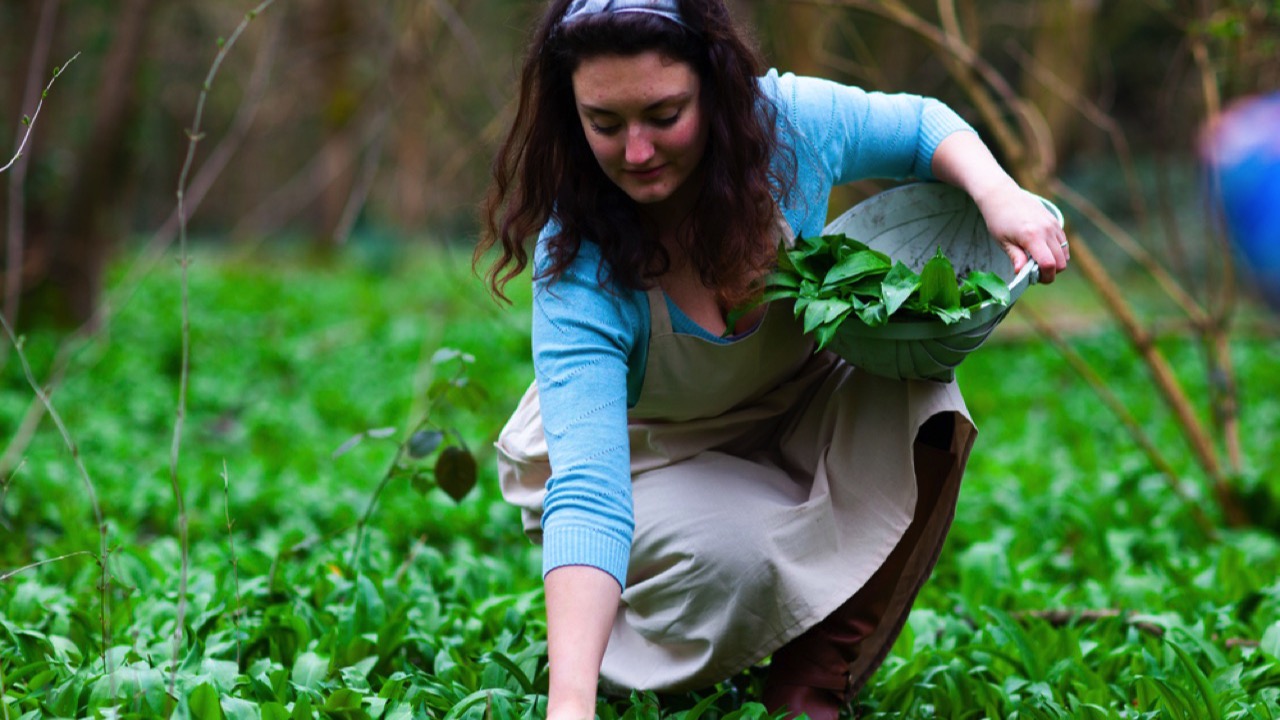
Our great-grandparents were often skilled foragers, supplementing their diets with wild edibles found in nature. They knew which plants were safe to eat and how to prepare them. Foraging for items like berries, nuts, and edible greens not only saved money on groceries but also provided nutritious, fresh food. Today, foraging has seen a resurgence, with even some high-end restaurants incorporating foraged ingredients into their menus.
Repairing and Resoling Shoes
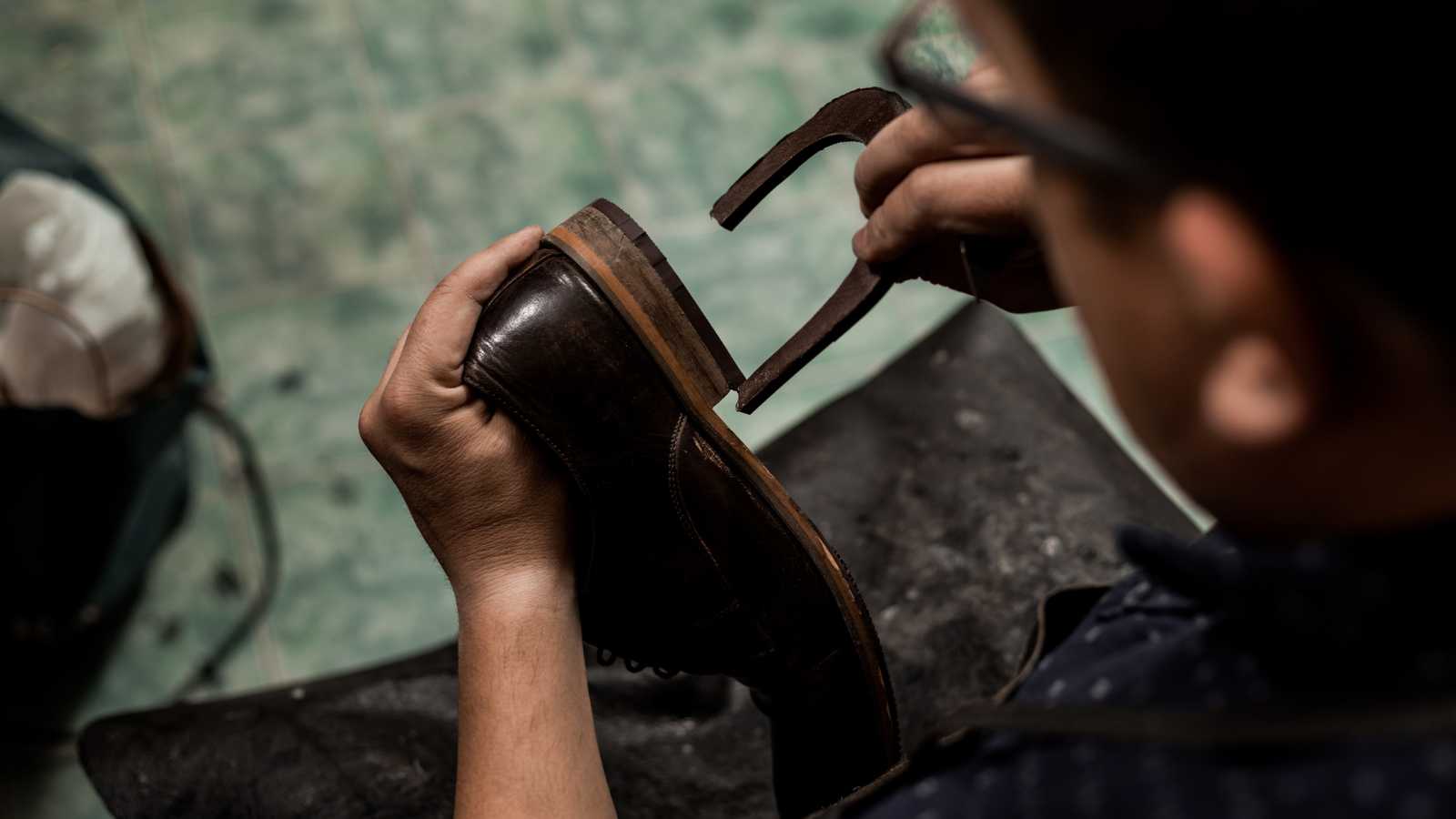
Instead of buying new shoes when old ones wore out, our ancestors would repair and resole them. This skill extended the life of footwear significantly, saving money and reducing waste. Cobblers were common in most towns, but many people also learned basic shoe repair skills themselves. Today, some frugal individuals still practice this, with even some celebrities known for having expensive shoes resoled rather than replaced.
Pickling and Canning
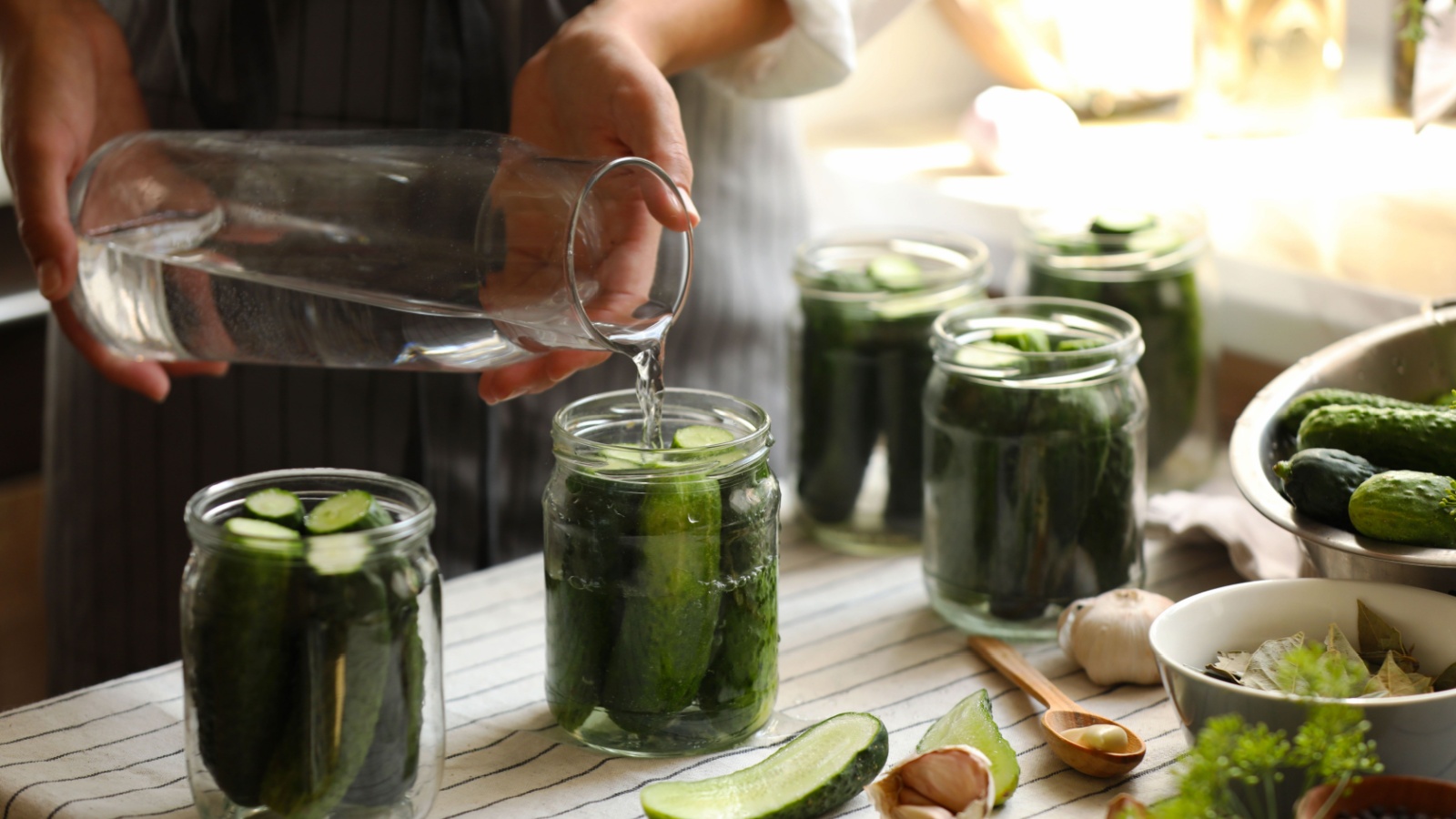
Preserving food through pickling and canning was a crucial skill for our great-grandparents. This allowed them to enjoy fruits and vegetables year-round, reducing food waste and grocery bills. They would can everything from jams and jellies to vegetables and meats. This skill is making a comeback, with many people rediscovering the joy and cost-saving benefits of home food preservation.
Repurposing Old Clothing
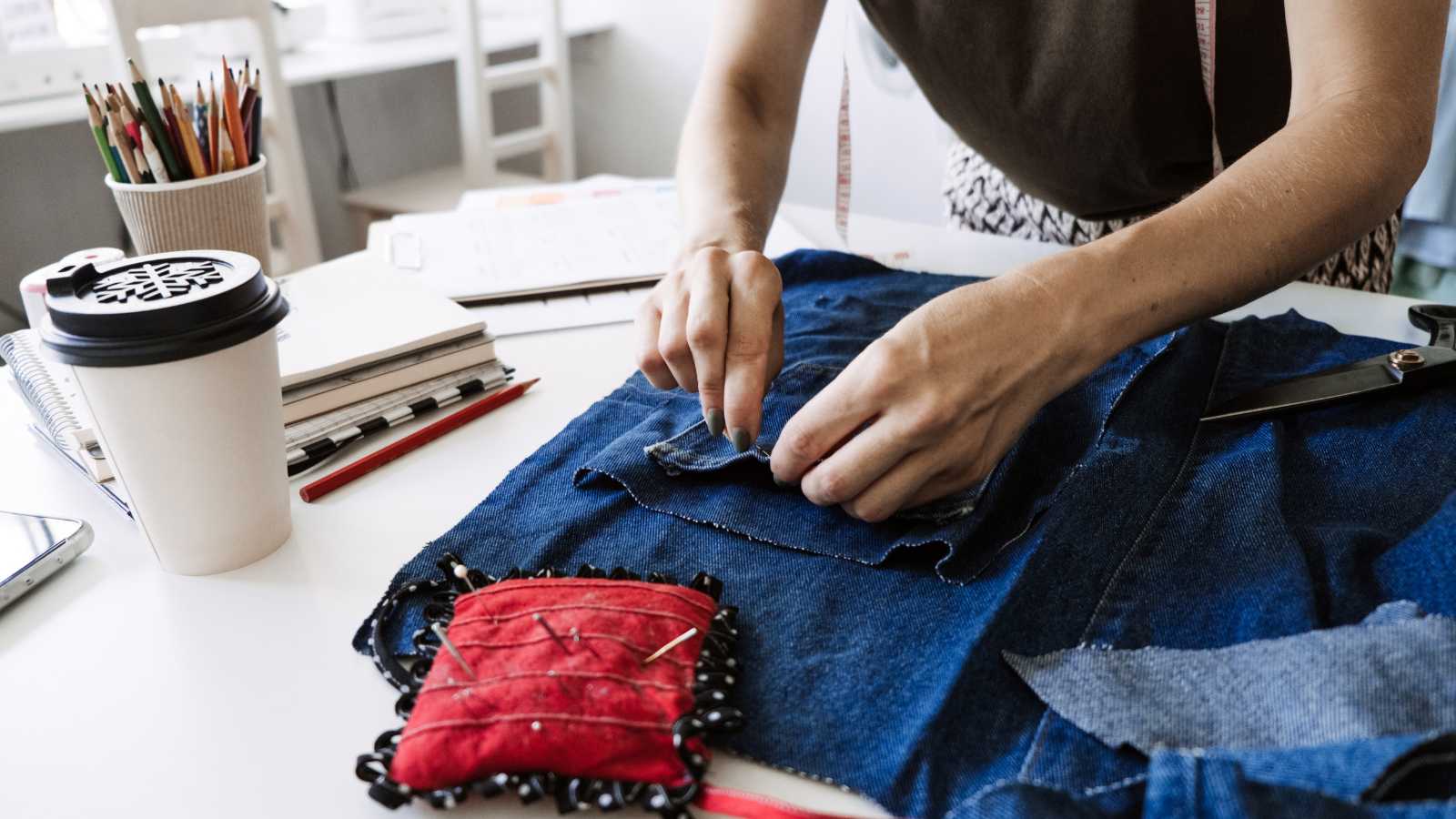
Our ancestors rarely threw away old clothing. Instead, they would repurpose it into new items. Old dresses became aprons, worn-out shirts became cleaning rags, and fabric scraps were used for quilting. This practice not only saved money but also reduced waste. Today, some fashion designers are embracing this concept, creating “upcycled” clothing lines from repurposed materials.
Using a Clothesline
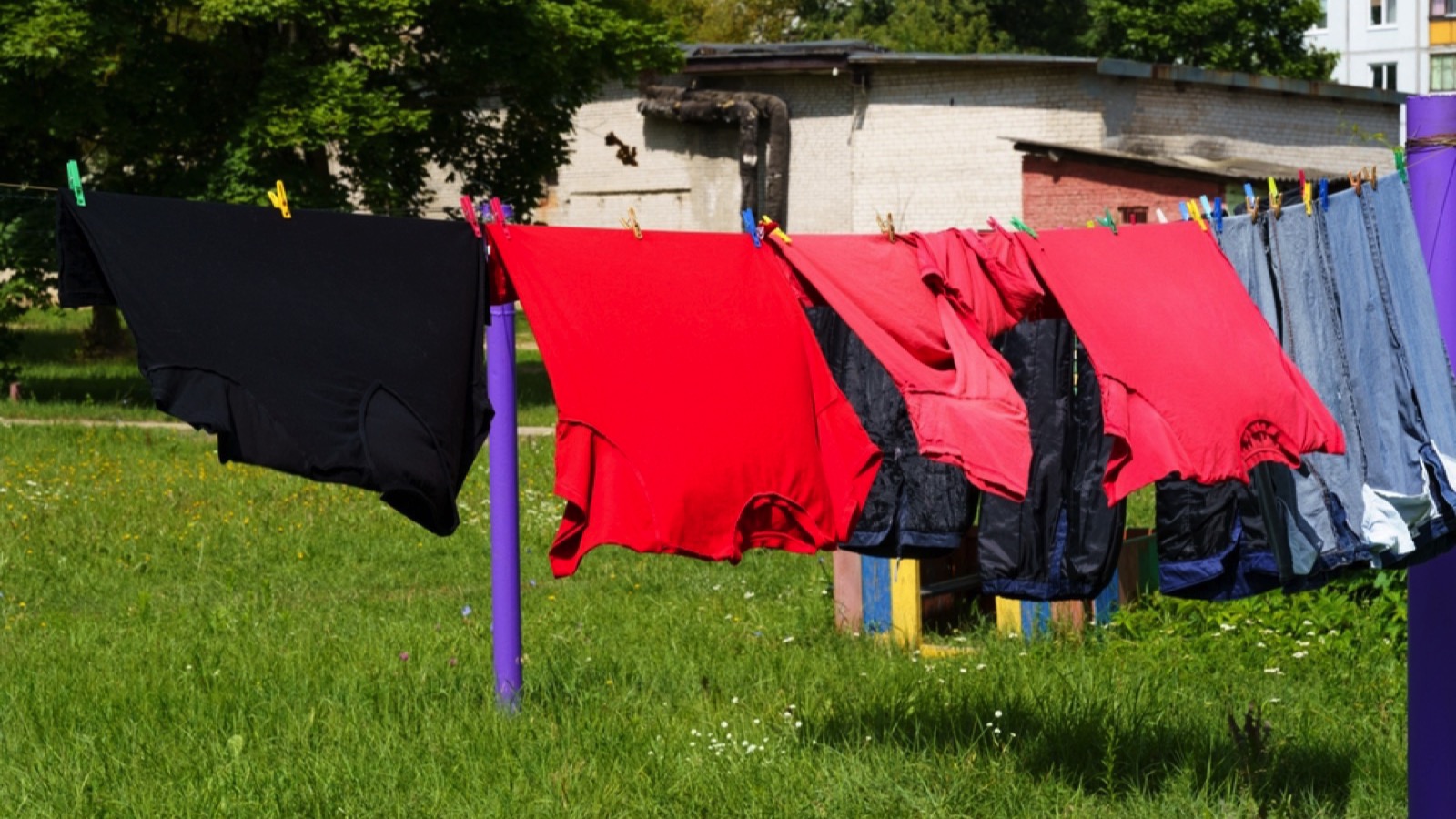
Before electric dryers became common, hanging laundry on a clothesline was the norm. This practice saved energy and money while also extending the life of clothing. The sun’s UV rays acted as a natural disinfectant and brightener. Many frugal-minded people still use clotheslines today, recognizing the cost savings and environmental benefits.
Making Homemade Cleaning Products
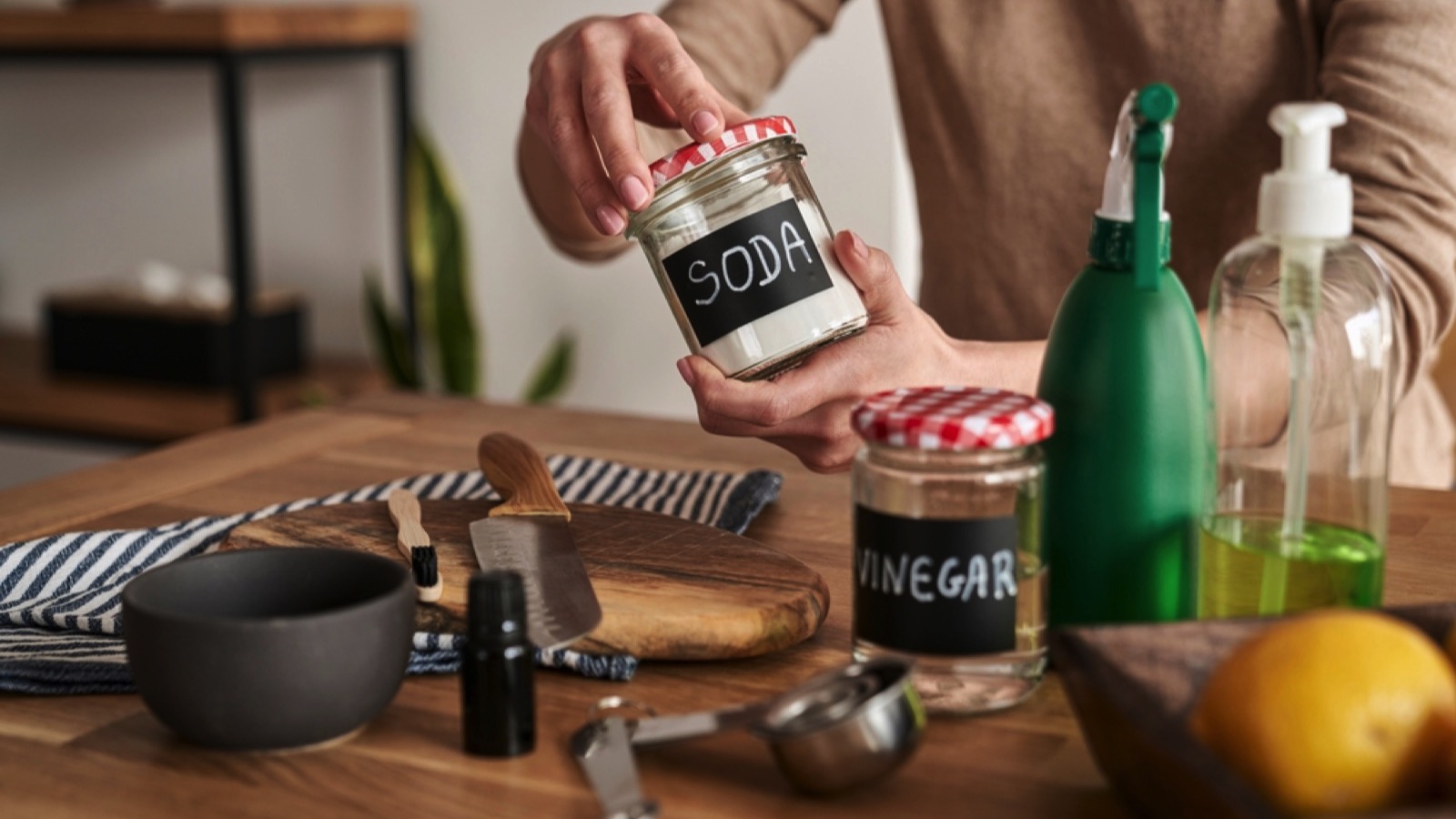
Our great-grandparents often made their own cleaning products using simple, inexpensive ingredients like vinegar, baking soda, and lemon juice. These homemade cleaners were effective, non-toxic, and much cheaper than store-bought alternatives. Today, many people are rediscovering these natural cleaning methods, saving money and avoiding harsh chemicals in their homes.
Bartering and Trading

Bartering and trading goods and services was a common practice among our ancestors. This allowed them to obtain needed items or services without spending money. They might trade excess produce for a neighbor’s handyman skills or exchange homemade goods. Today, some communities have revived this practice through local exchange trading systems (LETS) or time banks.
Growing a Victory Garden
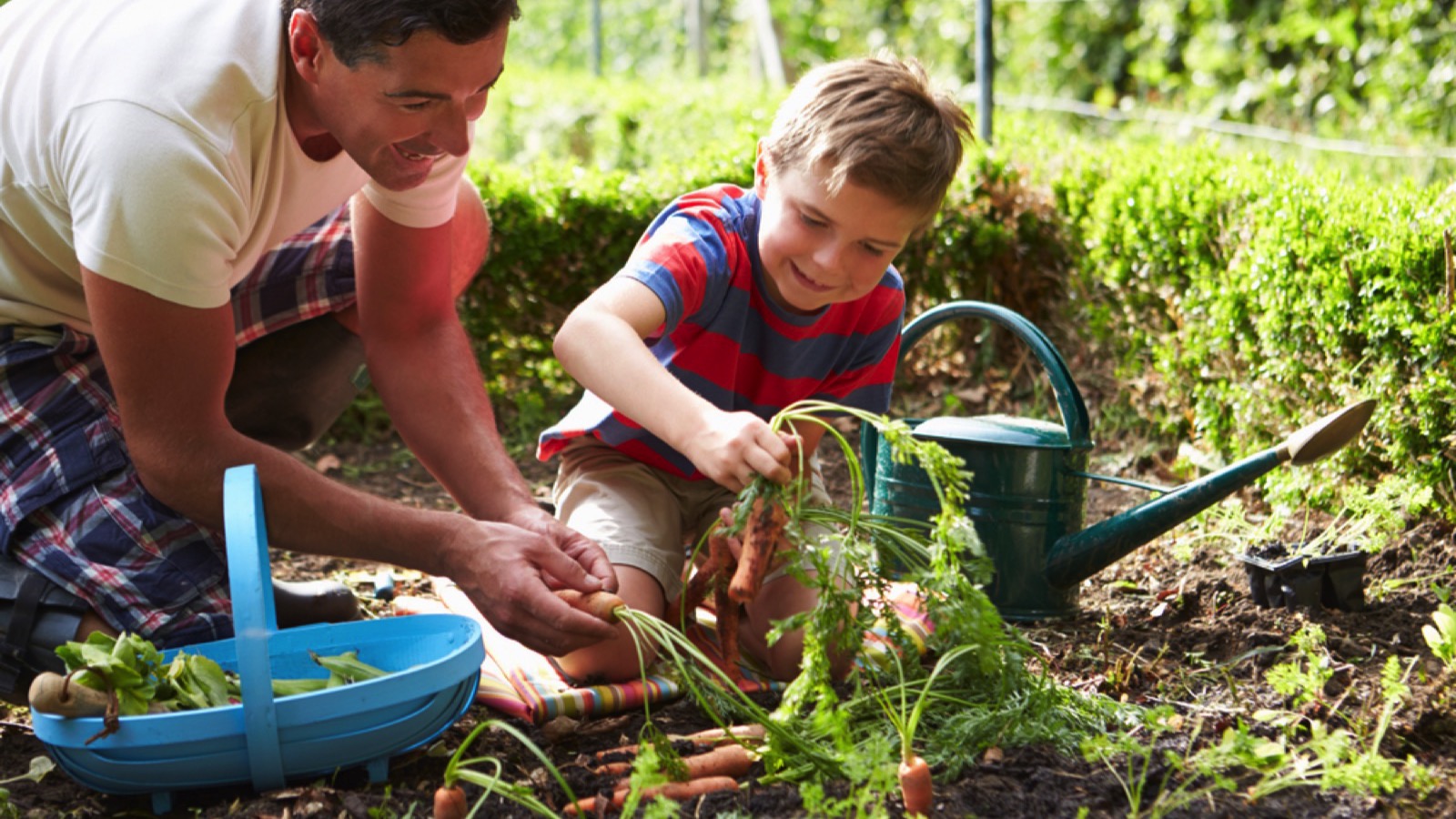
During World War II, many families planted “victory gardens” to supplement their food supply. This practice continued even after the war, with people growing fruits, vegetables, and herbs at home. Home gardening not only saved money on groceries but also provided fresh, nutritious food. Today, many people are rediscovering the benefits of home gardening, with even small-space urban gardening gaining popularity.
Mending and Patching Clothes
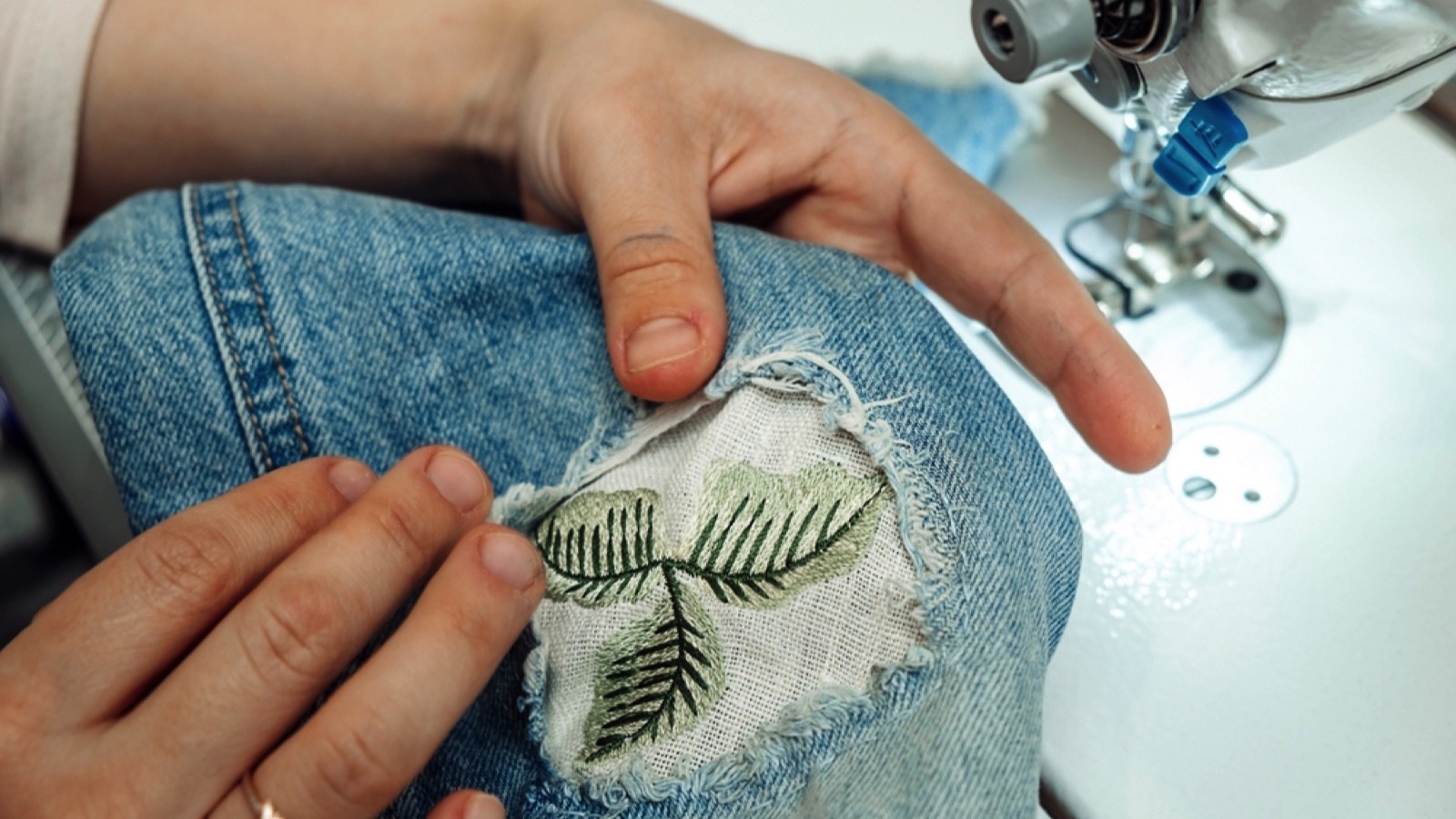
Our great-grandparents were skilled at mending and patching clothes to extend their lifespan. They would darn socks, patch holes in pants, and reinforce worn areas of garments. This skill saved money on clothing and reduced waste. Today, some fashion-conscious individuals are embracing visible mending as a style statement, turning necessity into creativity.
Making Do or Doing Without

Our ancestors often lived by the motto “use it up, wear it out, make do, or do without.” This mindset encouraged creativity in problem-solving and reduced unnecessary spending. They would find ways to repurpose items, repair broken things, or simply go without non-essentials. This frugal mindset can be valuable today in resisting consumerism and focusing on what truly matters.
Cooking from Scratch

Cooking meals from scratch using whole ingredients was the norm for our great-grandparents. This practice was not only more economical but often healthier than relying on pre-prepared or processed foods. They knew how to stretch ingredients and make filling meals on a budget. Today, many people are rediscovering the cost savings and health benefits of cooking from scratch, with some celebrities and chefs advocating for this return to basics.
Using Every Part of an Animal

Our ancestors practiced “nose-to-tail” eating long before it became a culinary trend. They used every part of an animal, from organs to bones, wasting nothing. This practice not only saved money but also provided a wider range of nutrients. Today, some high-end restaurants have embraced this concept, showcasing the culinary potential of often-overlooked animal parts.
Repairing Household Items
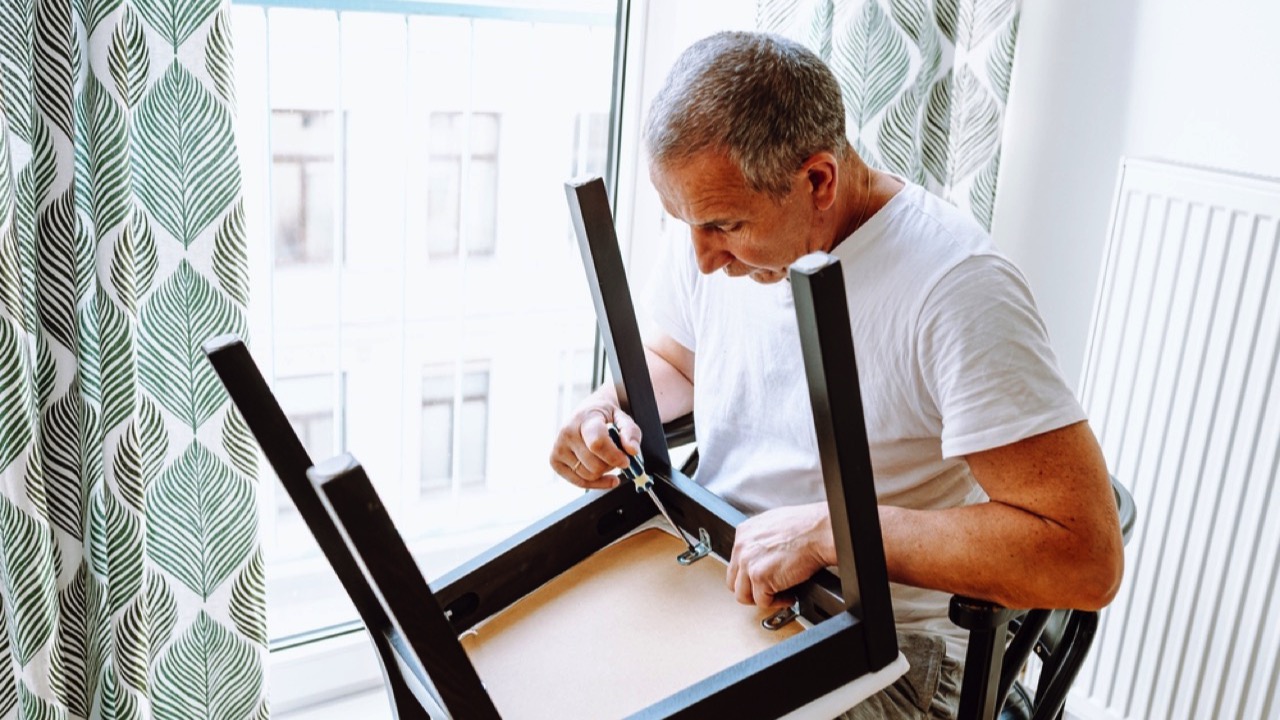
Instead of replacing broken items, our great-grandparents would often repair them. From furniture to appliances, they had the skills to fix many household items. This not only saved money but also reduced waste. Today, the “right to repair” movement is gaining traction, encouraging manufacturers to make products more repairable and empowering consumers to fix their own items.
Composting

Our ancestors understood the value of kitchen scraps and yard waste. They would compost these materials, creating rich soil for their gardens. This practice reduced waste and eliminated the need to buy expensive fertilizers. Today, composting is gaining popularity among environmentally-conscious individuals and gardeners, recognizing its economic and ecological benefits.
Making Homemade Gifts
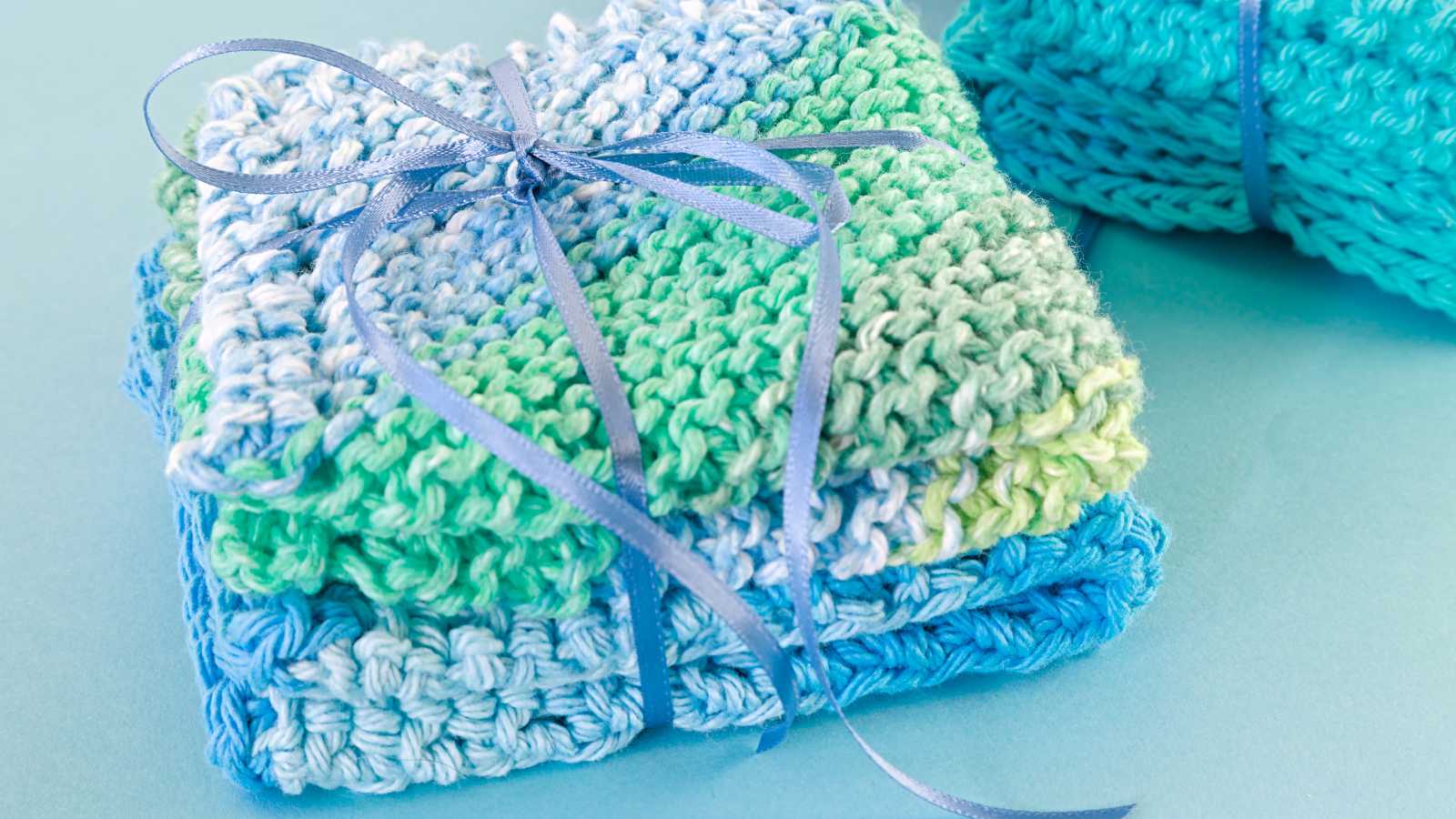
Rather than buying expensive presents, our great-grandparents often made gifts by hand. This could include knitted items, preserves, baked goods, or handcrafted toys. These personal gifts were not only more economical but often more meaningful. Today, many people are rediscovering the joy of handmade gifts, with platforms like Etsy showcasing the demand for unique, handcrafted items.
Raising Backyard Chickens
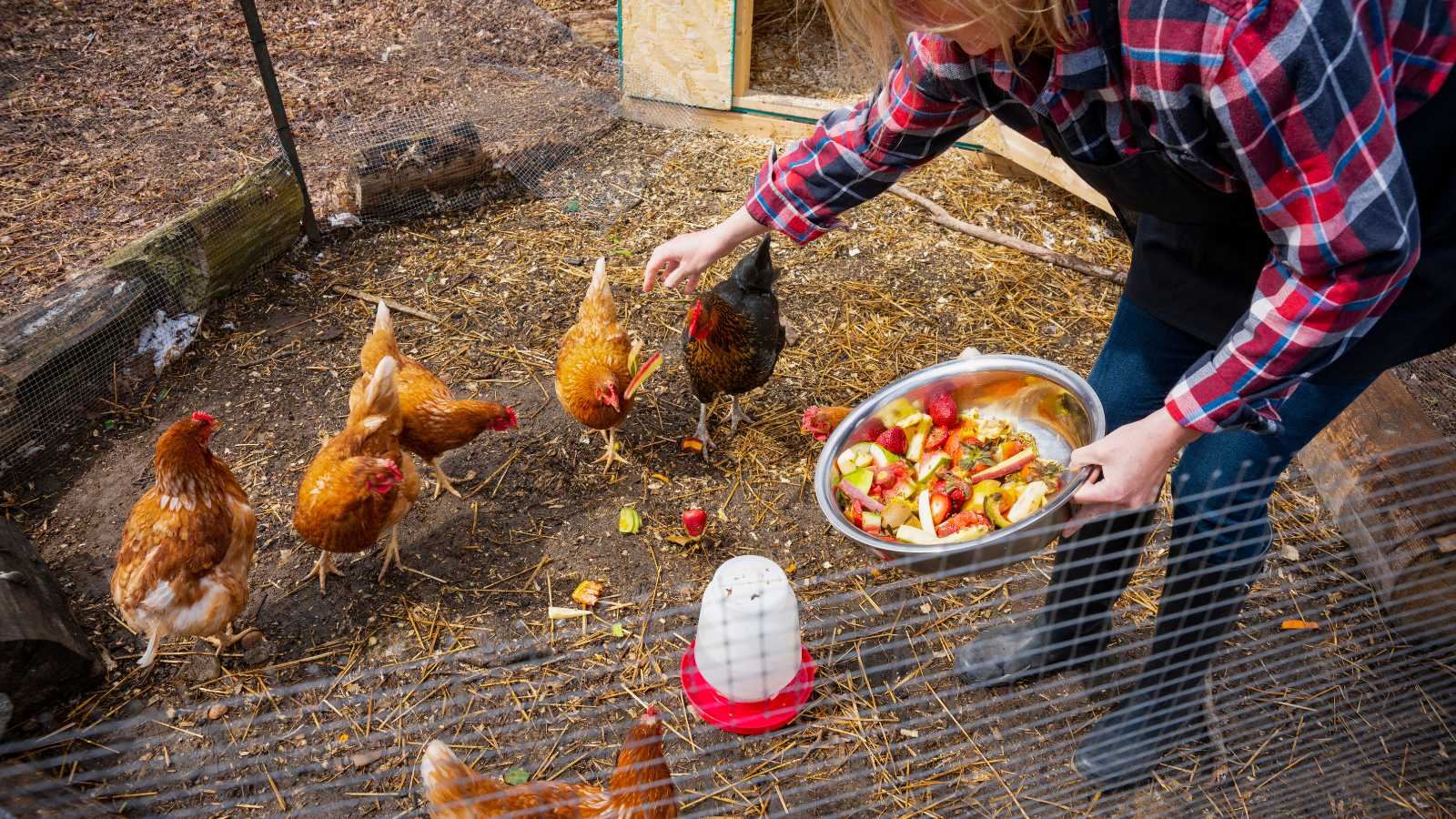
Many of our ancestors kept chickens in their backyards for eggs and meat. This provided a constant supply of fresh eggs and occasional meat, reducing grocery bills. Today, backyard chicken keeping is experiencing a resurgence, with even some urban areas allowing residents to keep small flocks.
Using a Pressure Cooker
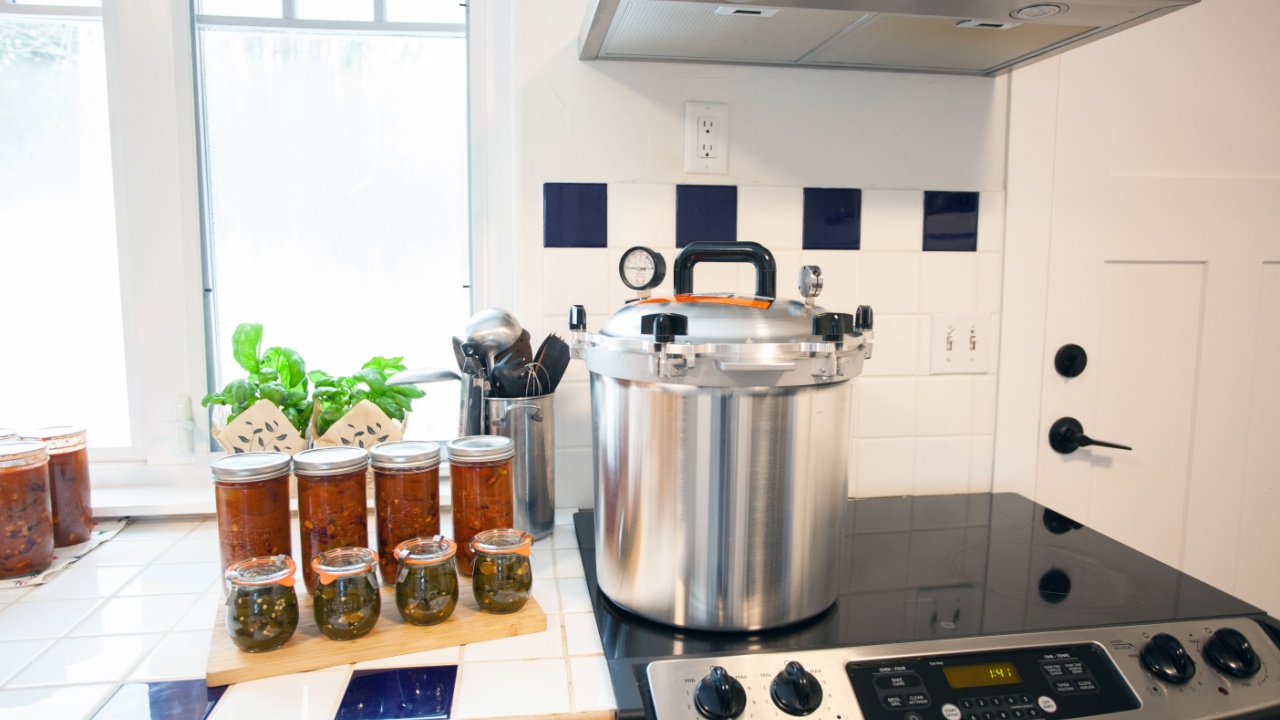
Pressure cookers were a staple in many of our great-grandparents’ kitchens. These devices cooked food faster, saving time and energy. They were particularly useful for tenderizing tough, inexpensive cuts of meat. Today, modern electric pressure cookers like the Instant Pot have revived interest in this energy-efficient cooking method.
Making Homemade Beauty Products
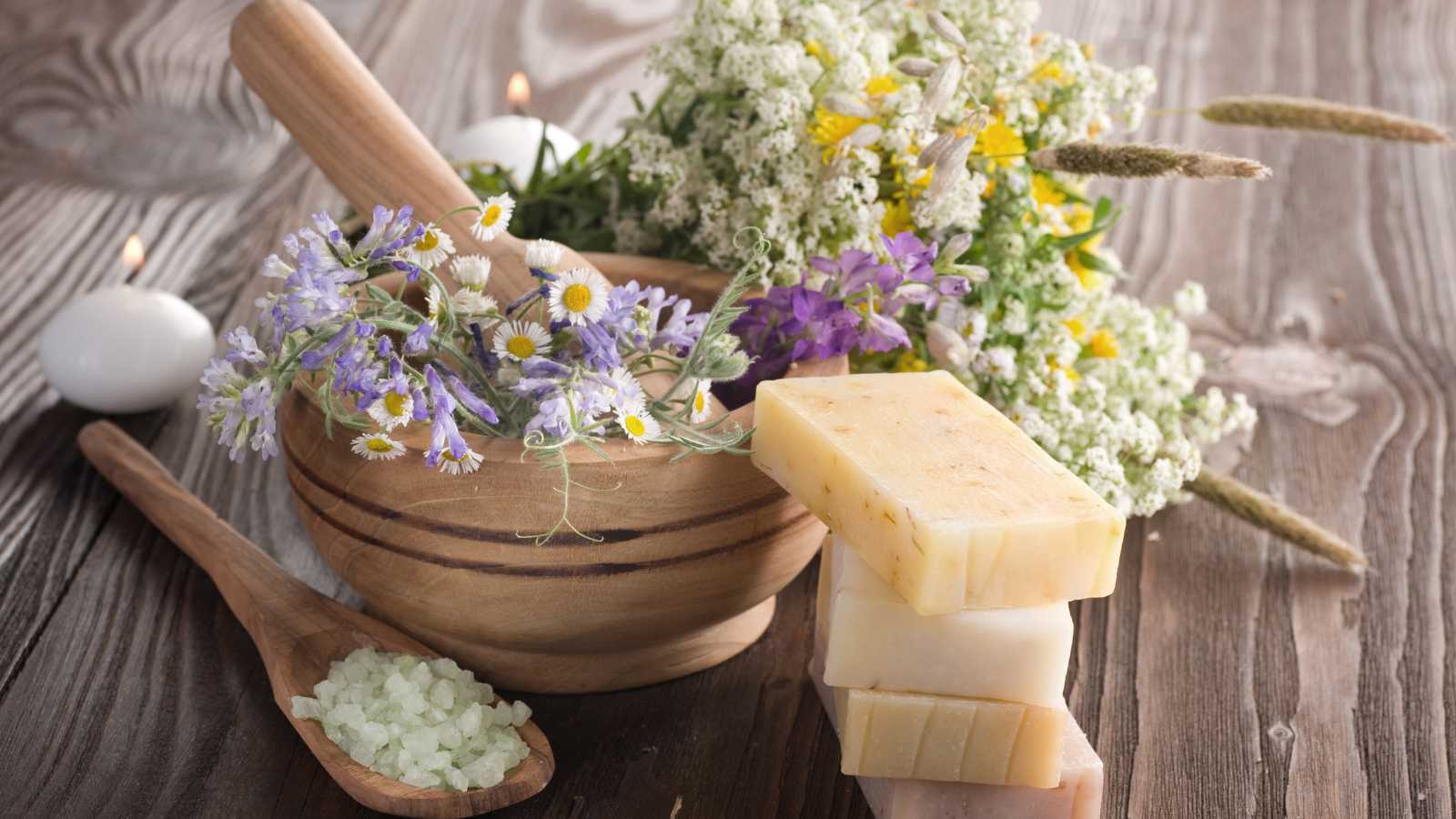
Our ancestors often made their own beauty products using natural ingredients. This included items like cold cream, hair treatments, and face masks. These homemade products were often more economical and gentler on the skin than commercial alternatives. Today, many people are returning to natural beauty routines, making their own products to save money and avoid harsh chemicals.
Repurposing Glass Jars
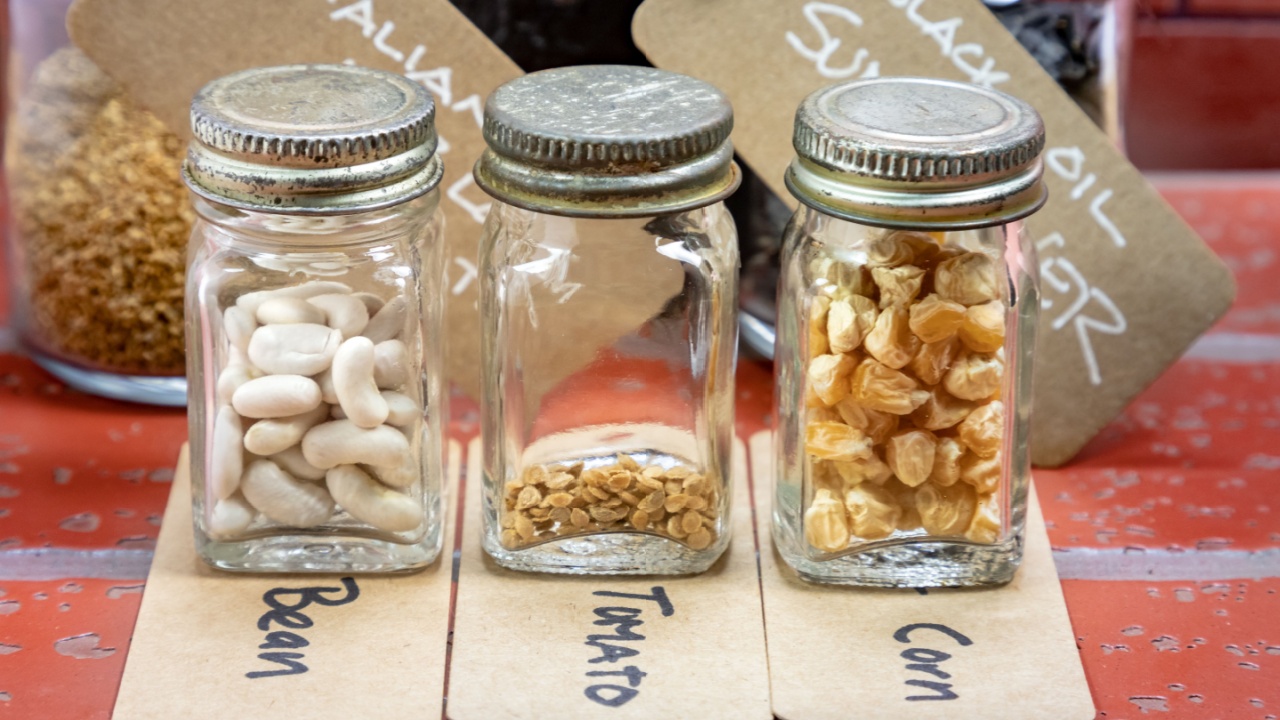
Glass jars were never thrown away in our great-grandparents’ homes. They were washed and reused for food storage, canning, or as containers for homemade products. This practice saved money and reduced waste. Today, the trend of “zero waste” living has revived interest in reusing glass jars and other containers.
Learning Basic Carpentry Skills
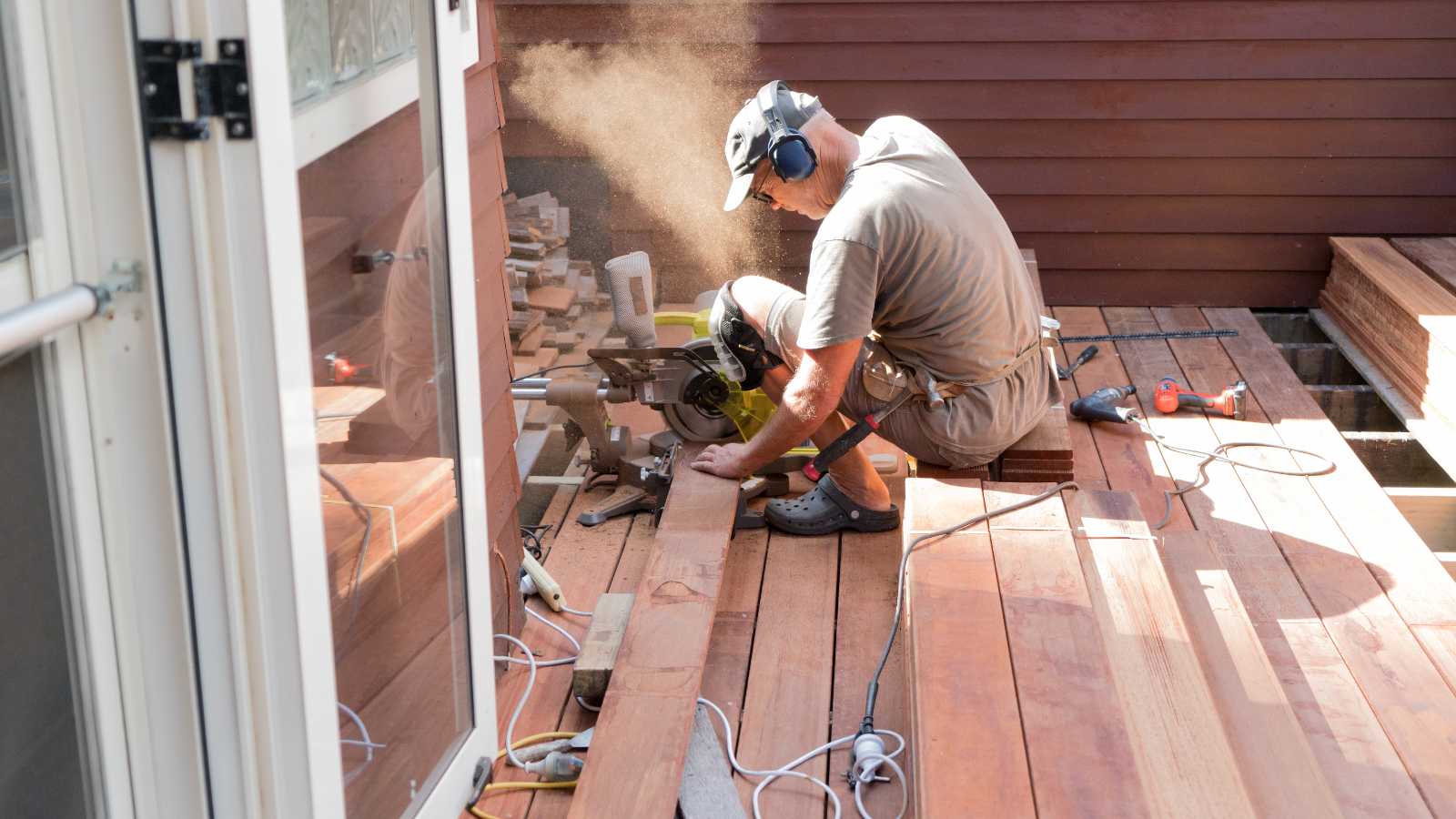
Many of our ancestors had basic carpentry skills, allowing them to build and repair furniture, fences, and other household items. This saved money on purchases and repairs. Today, the DIY movement has encouraged many people to learn these skills, with numerous online resources available for aspiring carpenters.
14 Pieces of Outdated Money Advice That Can Derail Your FIRE Plan

FIRE – Financial Independence, Retire Early. That’s the dream, right? Quit the rat race and live life on our own terms. It’s totally doable. Plenty of people join the FIRE movement and manage to retire pretty quickly. And there’s a LOT of advice out there on how to do it. Sadly, much of the advice is outdated or just plain bad.
12 Money Mistakes That Can Leave You Vulnerable in a Crisis

In times of uncertainty, financial stability is more crucial than ever. While prepping for physical emergencies is vital, don’t overlook financial prepping. Avoiding these common money mistakes can help make sure you’re in a stronger position to weather any storm.
Surviving the Crash: 17 Hot Takes on Crypto in a Post-Collapse World

With recent global unrest and economic uncertainties, many people are starting to worry about the stability of our money. They’re looking for new options like cryptocurrencies. Using digital money might sound strange, but it’s becoming more common. Big names like Bitcoin and Ethereum are leading the way. This article will look at how cryptocurrency could change things in a shaky economy. We’ll discuss the good and bad sides of using digital money. Get ready to learn about the crypto world and how it might affect our financial future!

